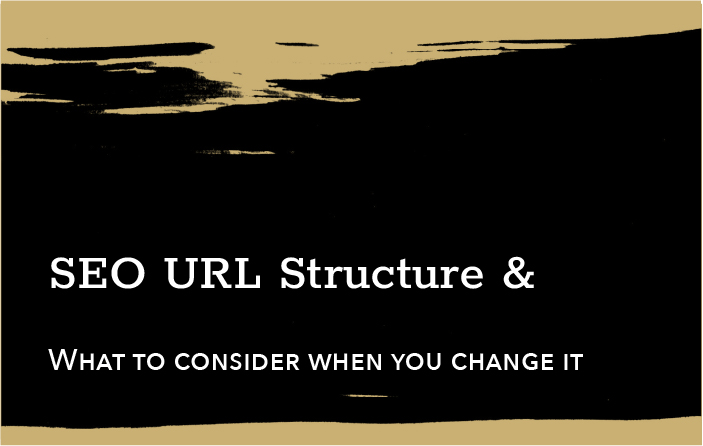When changing your URL structure you should consider:
- Not faking folder structure. If you add a folder to a URL it should have a root page, so for the URL https://www.example.com/products/thing you would have to make sure https://www.example.com/products exists and it’s content is relevant to the products as a whole. This is also a great opportunity to implement breadcrumb schema which will help with richer search results.
- Limiting the truncation of URLs in the search results. Keep them shorter than 75 characters, a 4 deep rule generally solves this issue. If you are concerned about the length of individual pages test it in a SERP simulator.
- Redirects! A redirect map prepared well before the change and its suggestions ready to be pushed live with the URL changes is a must. You need to know that all old URLs will resolve to the right page with little to no downtime. This also helps make sure you maintain rankings and backlinks resolve to a URL. I suggest pre and post-launch crawls and monitoring of traffic with these types of changes, they will help you limit the issues. There is also an outreach opportunity for you to reach out to currently backlinking pages and ask them to update the linking URL, during this process you can update them on your product and foster a relationship that has a higher likelihood of future backlink opportunities.
Although there are opportunities to improve organic visibility, any URL structure change has the risk of a drop in organic traffic. You can mitigate the damage, but the framework needs to be future proofed and the structure followed going forward.

